Hess Cognitive Rigor Matrix (CTE)
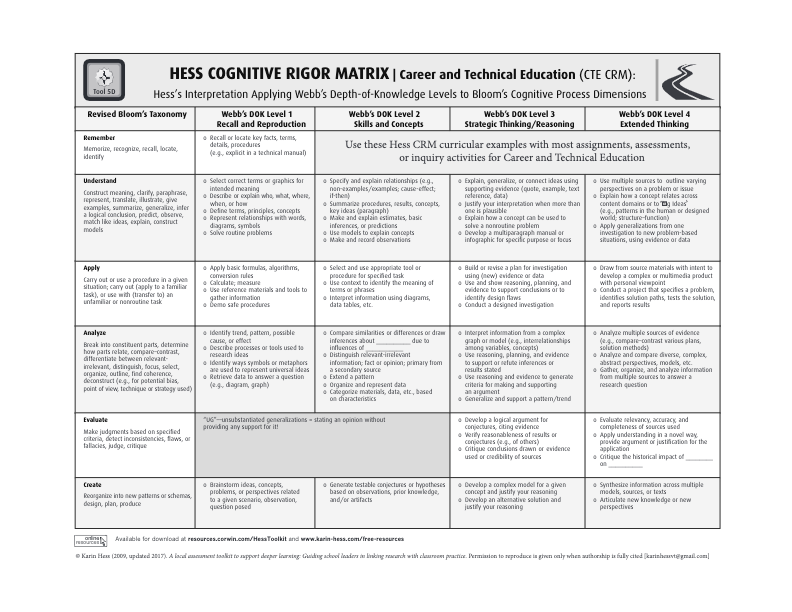
Hess’s Interpretation Applying Webb’s Depth-of-Knowledge Levels to Bloom’s Cognitive Process Dimensions in Career and Technical Education
Hess Cognitive Rigor Matrix (World Language)
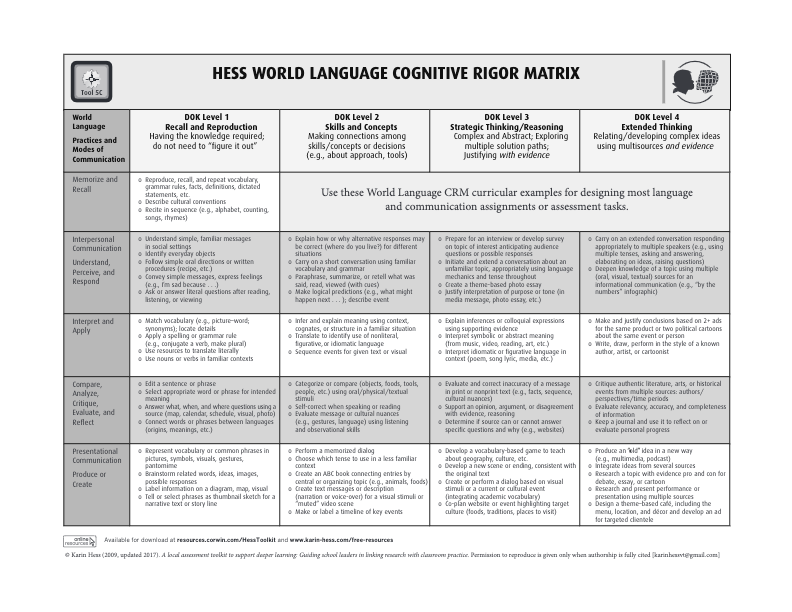
Applying Webb’s Depth-of-Knowledge Levels to Bloom’s Cognitive Process Dimensions in World Language
Hess Cognitive Rigor Matrix (Health/PE)

Applying (Hess’s Interpretation of) Depth of Knowledge to Porter’s Cognitive Demand Categories in Health and Physical Education
Hess Cognitive Rigor Matrix (Fine Arts)

Applying (Hess’ Interpretation of) Webb’s Depth-of-Knowledge Levels to Artistic Practices
Hess Cognitive Rigor Matrix (Social Studies)

Applying Webb’s Depth-of-Knowledge Levels to Bloom’s Cognitive Process Dimensions in Social Studies
Hess Cognitive Rigor Matrix (Writing/Speaking)

Applying Webb’s Depth-of-Knowledge Levels to Bloom’s Cognitive Process Dimensions in Writing/Speaking
Hess Cognitive Rigor Matrix (Math/Science)
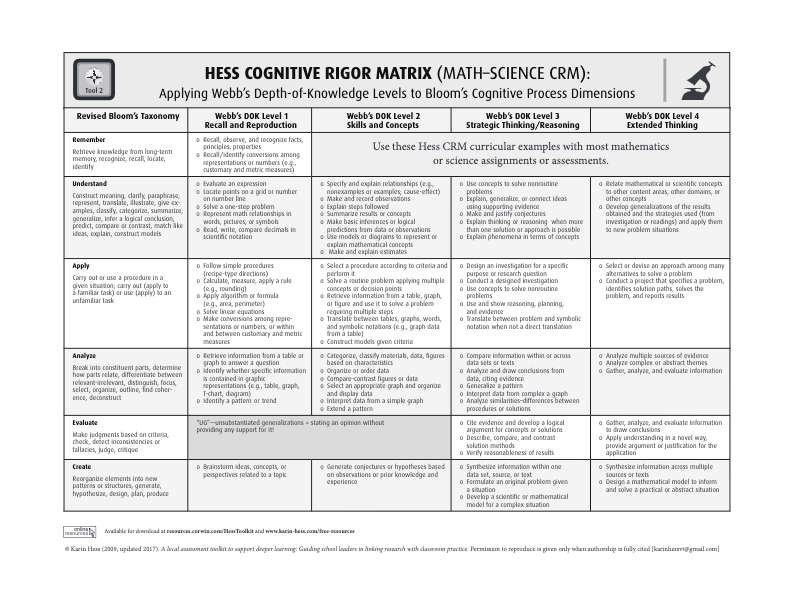
Applying Webb’s Depth-of-Knowledge Levels to Bloom’s Cognitive Process Dimensions in Math and Science
Hess Cognitive Rigor Matrix (Reading)
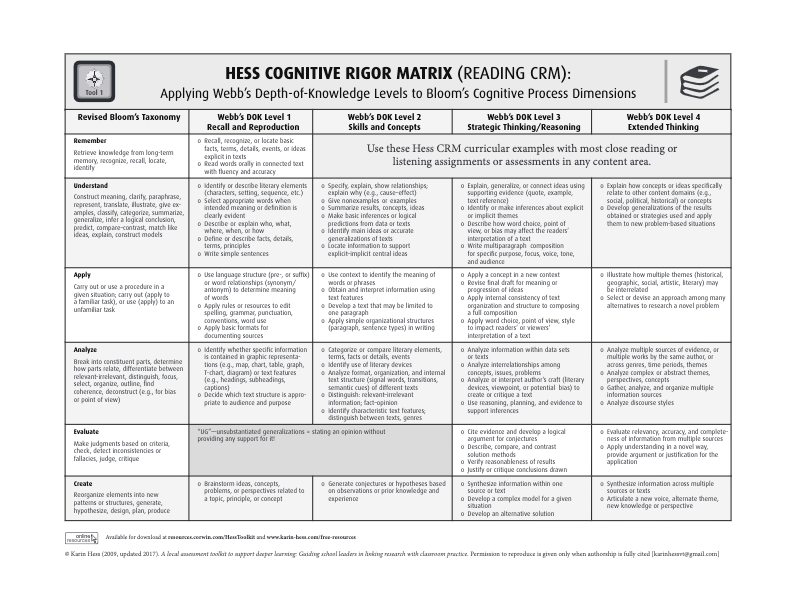
Applying Webb’s Depth-of-Knowledge Levels to Bloom’s Cognitive Process Dimensions in Reading
1, 2, 3 O’Clock
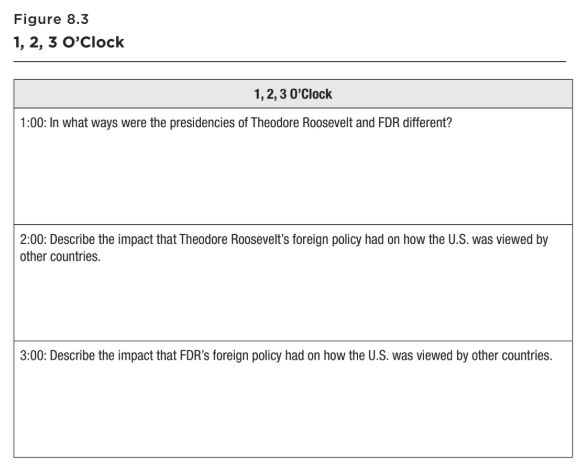
This wrap-up technique allows you to quickly review three important questions by having students respond to and discuss them with a designated classmate. It can be modified to include more or fewer questions, depending on the amount of time you have.
The Ripple
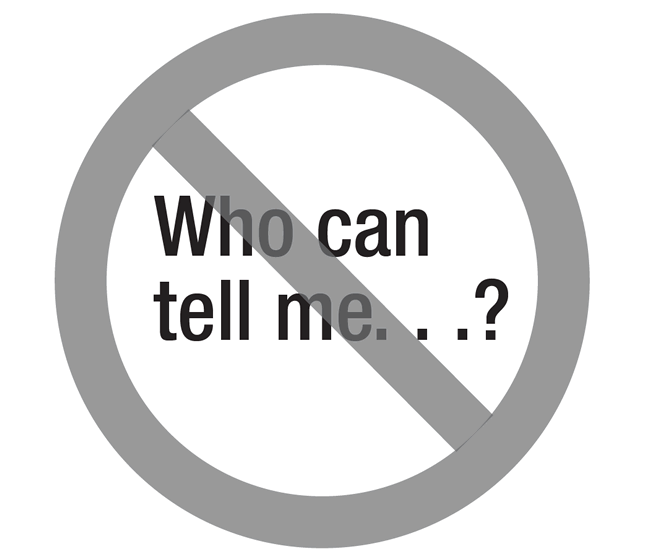
In the traditional question-and-answer approach, a teacher poses a question to the class as a whole and a small handful of eager students respond while everyone else remain disengaged. In this “beach ball scenario”, the teacher doesn’t get an accurate assessment of what the others are thinking or what they have learned until it is too late. Calling on an individual student should be a teacher’s last resort when it comes to classroom discussion.
Bounce Cards
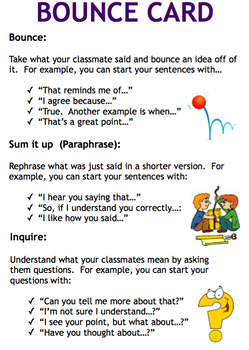
Bounce cards are a way to help students who struggle to get academic conversations started. They give students, especially those who are more reserved, something to say.
Appointment Agendas
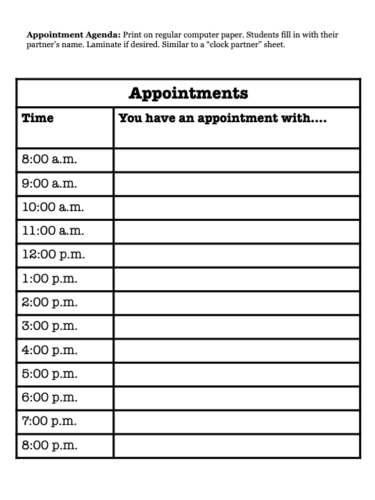
This is a fun way to get students out of their seats and interacting with others throughout the classroom. Students create appointments with peers by writing each other’s names in a specific time slot. When the teacher selects a time, students meet up with the person indicated on their appointment schedule.
Networking Sessions
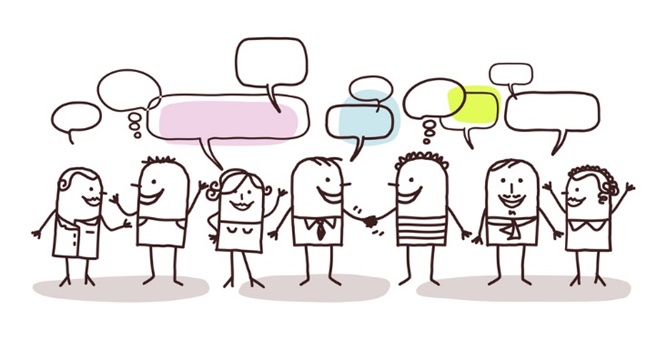
A Networking Session is a simple mix-it-up activity that allows students to talk to others they don’t usually talk to. It can be pre-planned or implemented on-the-spot.
Three 3’s in a Row
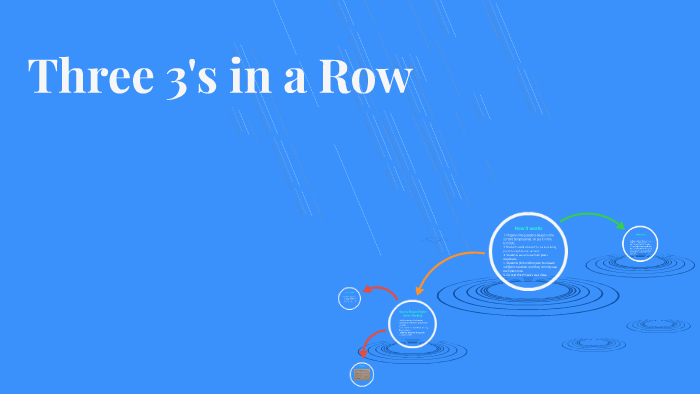
Three 3’s in a Row is like Bingo, in which students interact with peers and get peers feedback on what they should write in the boxes of their template. This activity is great for several reasons:
Hold-Ups
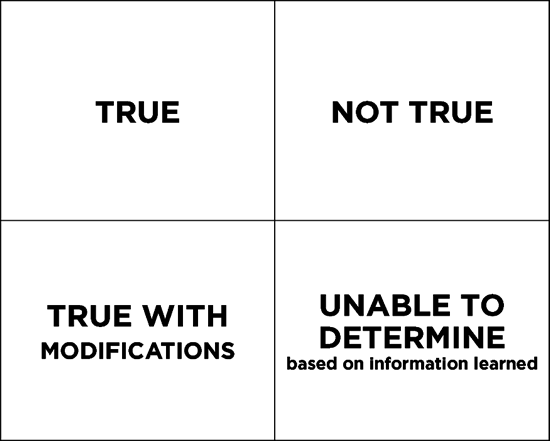
Hold-Ups are interaction-based activities that use response cards. In these activities, students interactively reflect on a prompt and hold up a card, paper, or whiteboard in response. The most essential component to the Hold-Up is the interaction.
Thumbs Up/Down Vote

Thumbs Up/Down Vote is another one of those quick techniques that many teachers use frequently. It is simply a yes/no vote with students putting their thumb up if they agree and down if they disagree. This simple technique provides a quick reading of the class, but to make it meaningful, it should be used as the second or last part of a Ripple. In other words, the vote ought to represent deep thinking that has already occurred, and for which you have already required evidence from each of your students.
Thumps Up When Ready & Processing Cards
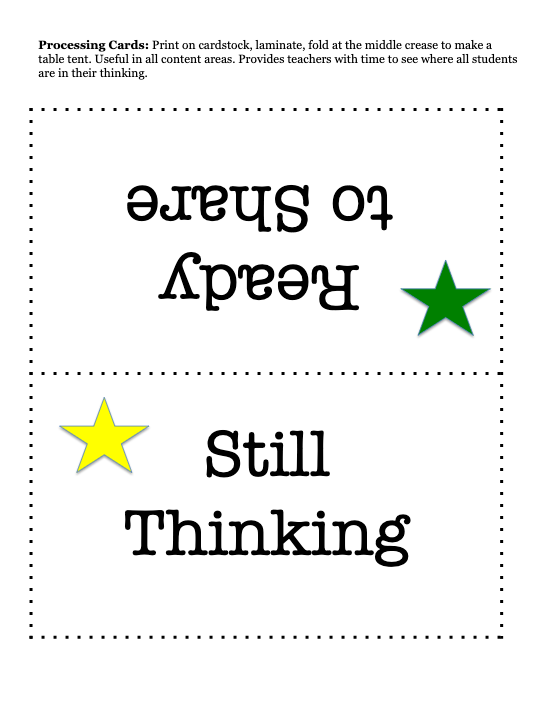
Allowing students to take even a brief moment to process their reflections to a prompt is critical if you want to get high quality responses, especially if you have students with certain special needs or English language learners in your class. Here are two ways to read each individual’s progress as the students process their reflections. Both techniques also serve as great unspoken reminders to students that they should all be in the process of reflecting on the prompt.
Quick-Draws
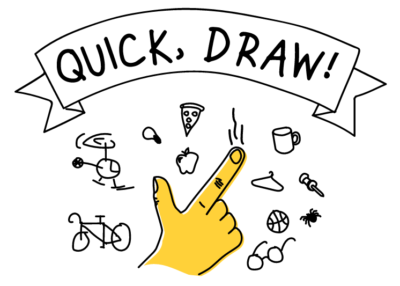
Quick-Draws are opportunities for students to demonstrate their understanding of an abstract term or concept by representing it in a drawing. This can be used with any age group and in any content area, not only for
Quick-Writes
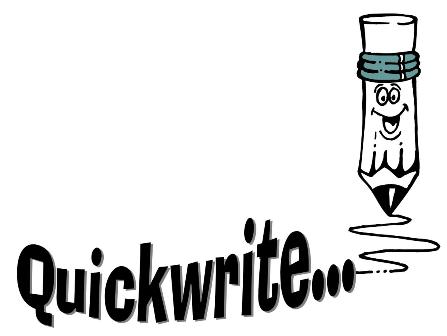
A Quick-Write is a brief activity that can be inserted at almost any point within a lesson or planned ahead using prepared prompts.
RallyCoach
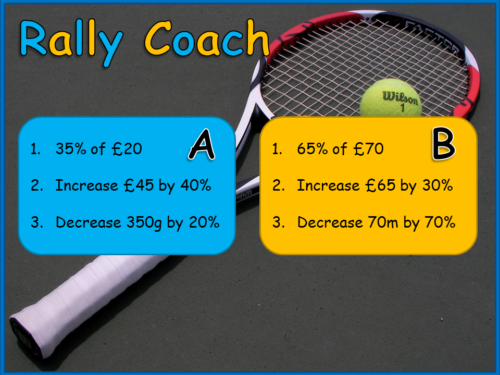
Partners take turns providing ideas/ answers or solving problems orally or in writing. Variations include Rally Table and Rally Coach.
